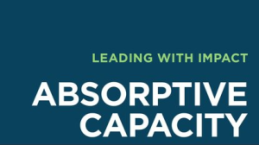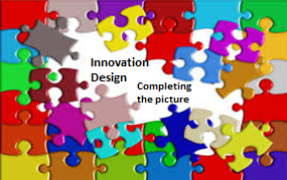 Innovation cannot exist without all the capitals that contribute to its make-up. Yet we simply fail to appreciate all the capitals that innovation requires. It is a real pity as they are truly nested.
Innovation cannot exist without all the capitals that contribute to its make-up. Yet we simply fail to appreciate all the capitals that innovation requires. It is a real pity as they are truly nested.
Equally many innovators are simply not prepared to put in the necessary work to achieve this understanding and the organization’s innovation looses out, stuck in perpetual incremental mode, lacking in anything really new or radical.
All the capitals ‘fire’ innovation. They make innovation combustible.
More often than not when we talk within business of capital we tend to default to the financial kind. Of course providing the financial capital into innovation is vital; it provides the potential ‘burn’ but what is often understated and certainly under-appreciated is the other capitals. These have been ‘tagged’ under intellectual capital or are often ‘lumped’ into our intangible assets.
What we need is to recognize the real “nesting effect” all our capitals.
Continue reading “Innovation requires the nesting of all capital”








